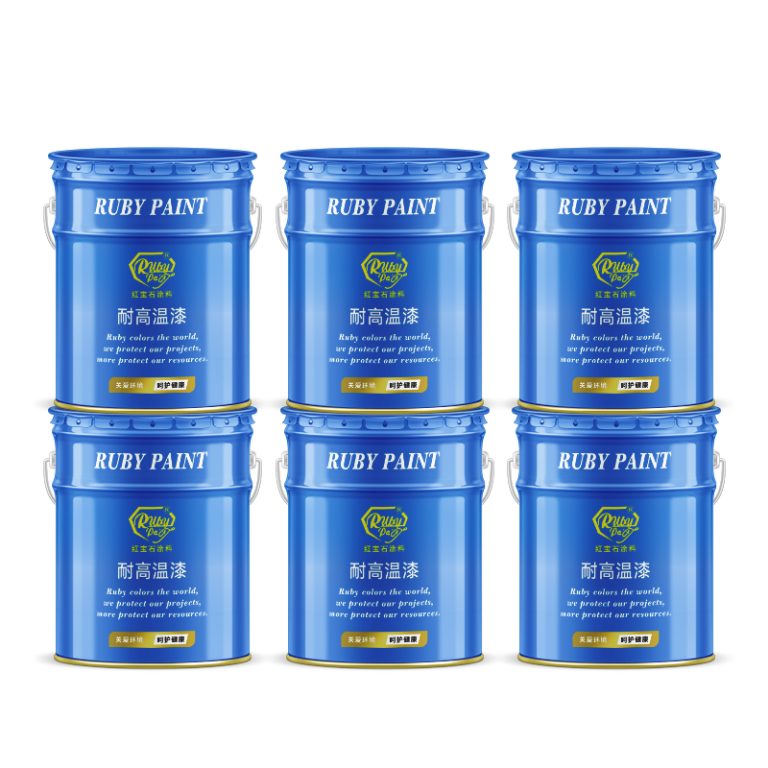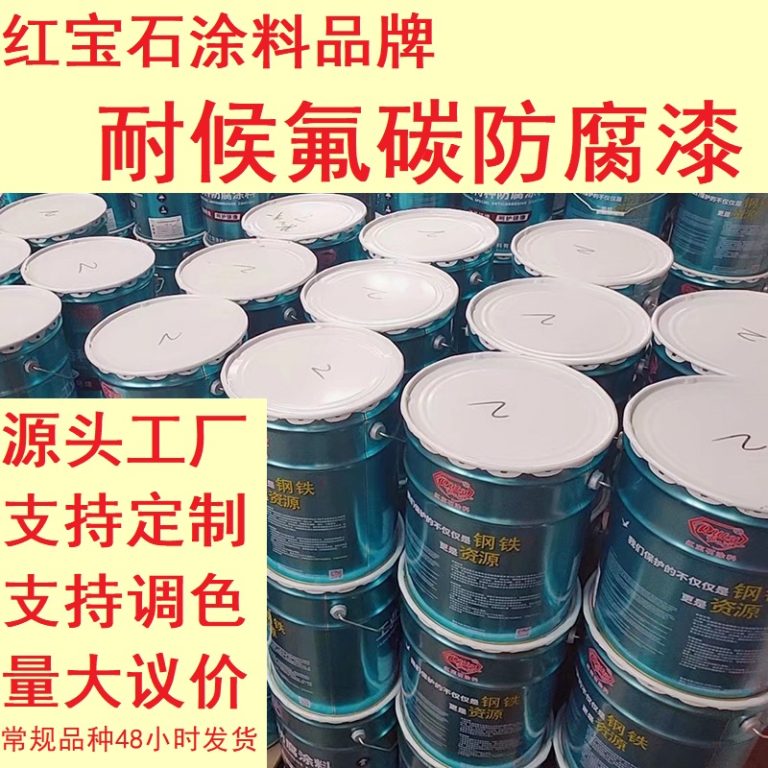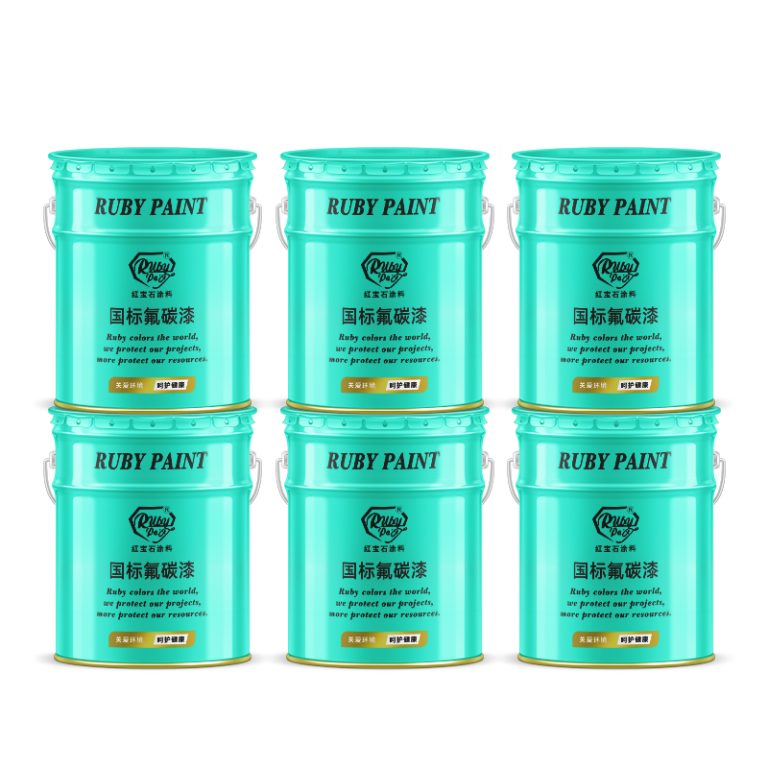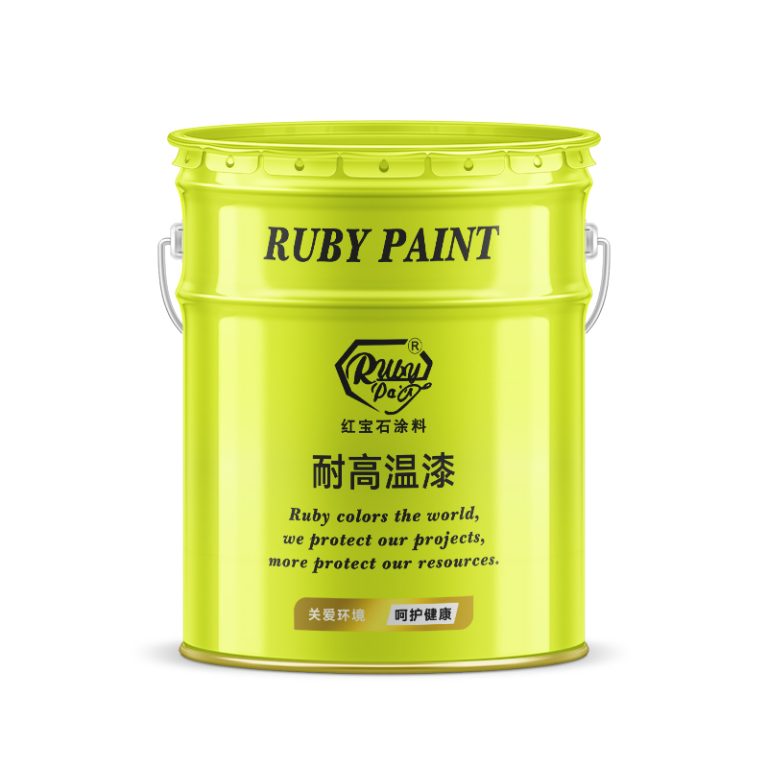Table of Contents
Techniques for Creating Vibrant Art with Fluorescent Oil Paints
Fluorescent oil paints are a dynamic medium that can bring an electrifying vibrancy to any artwork. These paints are specially formulated with pigments that have the ability to absorb and emit light, giving them a glow that is particularly striking under ultraviolet light. Artists who incorporate fluorescent oil paints into their work can achieve effects that are impossible with traditional oil paints, creating pieces that are not only visually striking but also full of energy and movement.
To begin working with fluorescent oil paints, it is essential to understand their unique properties. Unlike conventional oil paints, which tend to have a more subdued finish, fluorescent paints are known for their intense brightness and saturation. This intensity can be both a blessing and a challenge; while it allows for the creation of bold and eye-catching art, it can also be overwhelming if not used judiciously. Therefore, artists must approach their palette with a strategic mindset, considering the balance and harmony of colors in their composition.

One technique for harnessing the power of fluorescent oil paints is to use them for highlighting and accentuating specific areas of a painting. By applying these luminous colors sparingly, artists can draw attention to focal points, create a sense of depth, or suggest movement within the piece. The contrast between the fluorescent and non-fluorescent areas can produce a dramatic effect, making the highlighted sections appear to leap off the canvas.
Another approach is to blend fluorescent paints with traditional oil paints to create a more nuanced effect. This method allows for a wider range of tones and can soften the impact of the fluorescent colors, making them more suitable for certain subjects or styles. When blending, it is important to keep in mind that fluorescent paints tend to be more transparent than their traditional counterparts. As a result, layering them over darker colors may not yield the desired brightness. To overcome this, artists can apply a white or light-colored base layer before adding the fluorescent paint, which will help to amplify its vibrancy.
Artists should also consider the lighting under which their work will be displayed, as this can greatly affect the appearance of fluorescent oil paints. While these paints are bright under normal lighting conditions, their true potential is revealed under ultraviolet light, which causes them to glow with an almost otherworldly intensity. When planning an exhibition or display, incorporating UV lighting can transform the viewing experience, allowing the fluorescent elements to truly shine.
Working with fluorescent oil paints also requires some adjustments to the artist’s technique. These paints tend to have a different consistency and drying time compared to traditional oils, which can impact the way they are applied and manipulated on the canvas. Artists may need to experiment with different brushes, mediums, and application methods to achieve the desired effect. Additionally, because the pigments in fluorescent paints can be more vulnerable to fading over time, it is important to protect finished works with a UV-resistant varnish to ensure their longevity.
www.youtube.com/watch?v=kCkCI75Qvv8
| Serial Number | Article Name |
| 1 | Fluoracarbon middle paint |
In conclusion, fluorescent oil paints offer artists a unique opportunity to infuse their work with an intensity and liveliness that is unmatched by traditional pigments. Whether used for bold, striking highlights or blended subtly into a composition, these paints can elevate a piece of art to new heights. By understanding the properties of fluorescent oil paints and mastering the techniques for their application, artists can create vibrant, captivating works that stand out in any collection.
The Science Behind Fluorescent Oil Paints and Their Glow Effects
Title: The Science Behind Fluorescent Oil Paints and Their Glow Effects
Fluorescent oil paints are a captivating medium that have the unique ability to capture and radiate light in a way that transforms a painting into a living, glowing entity. The science behind these luminous paints is as fascinating as the visual effects they produce. At the heart of their glow lies the principle of fluorescence, a form of luminescence that is almost magical to behold, yet grounded in the laws of physics and chemistry.
Fluorescence occurs when a substance absorbs light at one wavelength, or color, and then emits light at a longer wavelength. This process is initiated when photons from a light source, such as the sun or a black light, strike the fluorescent pigments in the paint. These pigments are composed of complex molecules that have the ability to absorb high-energy, short-wavelength light—typically ultraviolet (UV) light which is invisible to the human eye—and re-emit it almost instantaneously as visible light.
The molecular structure of fluorescent pigments is characterized by a system of alternating double bonds known as a conjugated system. These structures have electrons that can be easily excited to higher energy levels when they absorb photons. As these excited electrons return to their ground state, they release energy in the form of visible light. The specific materials used in fluorescent pigments are carefully chosen to emit bright, vivid colors that stand out with an almost ethereal glow.
Moreover, the intensity and hue of the emitted light depend on the particular arrangement of atoms within the pigment molecules. Different pigments will absorb and emit different colors, which is why fluorescent oil paints are available in a wide range of shades. The brilliance of these colors is further enhanced when the paints are applied over a white or fluorescent base, which reflects more light and adds to the intensity of the glow.
Fluorescent oil paints differ from phosphorescent paints, which are also known for their ability to glow in the dark. Phosphorescent materials can store the absorbed energy for a longer period before emitting it as light, which allows them to continue glowing after the light source has been removed. In contrast, fluorescent paints require a continuous source of light to maintain their glow, and they cease to emit light once the source is taken away.
The applications of fluorescent oil paints are diverse and extend beyond traditional canvas art. They are used in theatrical set designs, party decorations, and safety signage, where their high visibility can be a critical feature. Artists often employ these paints to create dynamic effects that change under different lighting conditions, adding depth and movement to their work.
| No. | Name |
| 1 | Industrial paint |
In conclusion, the glow effects of fluorescent oil paints are a direct result of the intricate dance of photons and electrons within their pigments. The ability of these pigments to absorb and re-emit light gives artists a powerful tool to create stunning visual experiences. As we continue to explore the potential of these paints, we not only push the boundaries of artistic expression but also deepen our understanding of the fascinating interplay between light and matter.
Comparing Traditional and Fluorescent Oil Paints: A Guide for Artists
Fluorescent Oil Paints: Illuminating the Artistic Landscape
In the realm of artistic expression, the medium of oil paint has long been revered for its rich texture, vibrant color, and enduring quality. Traditional oil paints have been the cornerstone of masterpieces throughout history, offering artists a wide spectrum of hues to capture the essence of their subjects. However, the advent of fluorescent oil paints has introduced a new dimension to the painter’s palette, one that radiates with an intensity that traditional pigments cannot match. This guide aims to compare traditional and fluorescent oil paints, providing artists with a deeper understanding of their properties and potential applications.
Traditional oil paints are composed of pigments suspended in a drying oil, typically linseed, which acts as a binder. These pigments are derived from a variety of sources, including minerals, plants, and synthetic compounds, and are known for their ability to produce a wide range of colors with great subtlety and depth. The slow drying time of oil paints allows artists to work with the medium over extended periods, blending and layering to achieve the desired effect. The result is a painting with a rich, luminous finish that can last for centuries if properly cared for.
In contrast, fluorescent oil paints are a modern innovation that incorporates fluorescent pigments into the oil medium. These pigments have the unique ability to absorb and re-emit light, making them appear exceptionally bright and vivid under normal lighting conditions. When exposed to ultraviolet light, they glow with an almost electric intensity. This quality makes fluorescent oil paints particularly appealing for contemporary artists looking to create bold, eye-catching works that stand out both in daylight and under special lighting conditions.
The primary difference between traditional and fluorescent oil paints lies in their lightfastness, or resistance to fading when exposed to light. Traditional oil paints, especially those made with high-quality pigments, are renowned for their longevity and resistance to fading. Fluorescent paints, on the other hand, tend to have a shorter lifespan due to the nature of the fluorescent pigments, which can degrade over time when exposed to UV radiation. This means that artworks created with fluorescent oil paints may require more careful preservation and may not maintain their vibrancy as long as those made with traditional oils.
Another consideration for artists is the range of colors available. While traditional oil paints offer an extensive palette that can be mixed to achieve nearly any hue, fluorescent oil paints are limited to a narrower spectrum of colors. These typically include bright pinks, greens, oranges, and yellows. The limited palette can be both a challenge and an opportunity for artists, pushing them to explore new ways of incorporating these dynamic colors into their work.
When it comes to technique, artists using fluorescent oil paints must also adapt their approach. The intensity of fluorescent colors can be overwhelming if not used judiciously, and they often work best when used to highlight specific elements of a composition or to create a focal point. Additionally, because fluorescent paints can appear differently under various lighting conditions, artists must consider the viewing context of their work and how it might affect the overall impact of the colors.
In conclusion, fluorescent oil paints offer a contemporary twist to the traditional artist’s palette, providing a tool for creating striking, luminous effects that can bring a painting to life in unique ways. While they may not possess the same time-tested stability and extensive color range as traditional oil paints, their vibrant glow opens up new possibilities for artistic expression. As with any medium, the choice between traditional and fluorescent oil paints ultimately depends on the artist’s vision and the message they wish to convey through their art. Whether embracing the classic depth of traditional oils or the radiant glow of fluorescents, artists have at their disposal an ever-expanding array of materials to translate their creative impulses into tangible works of art.






